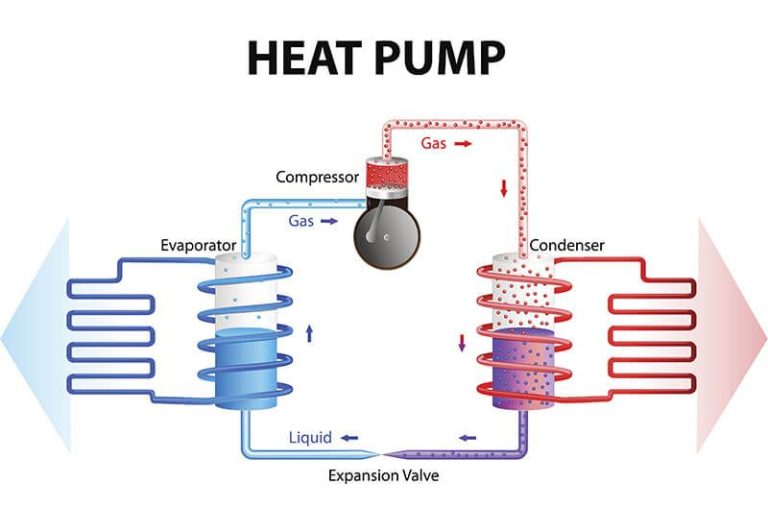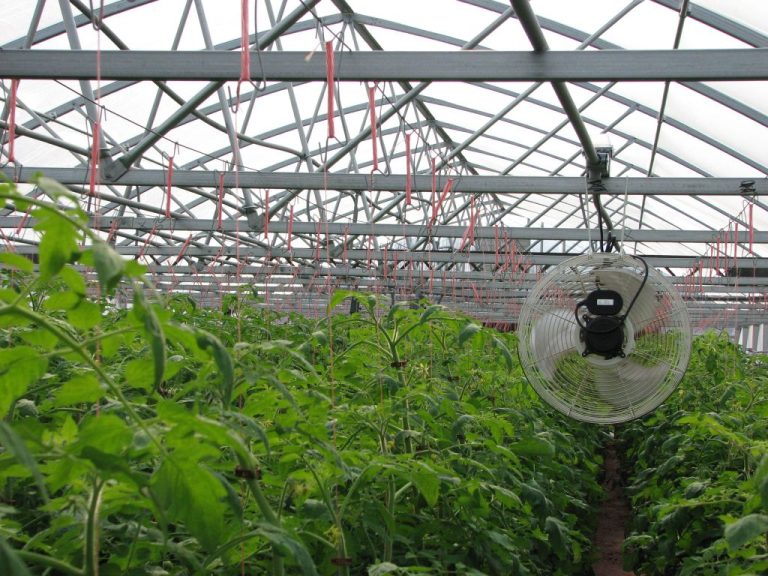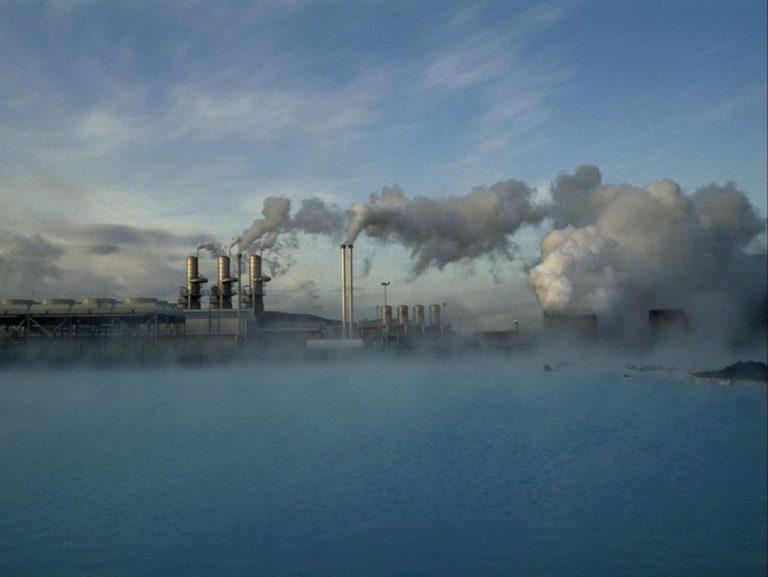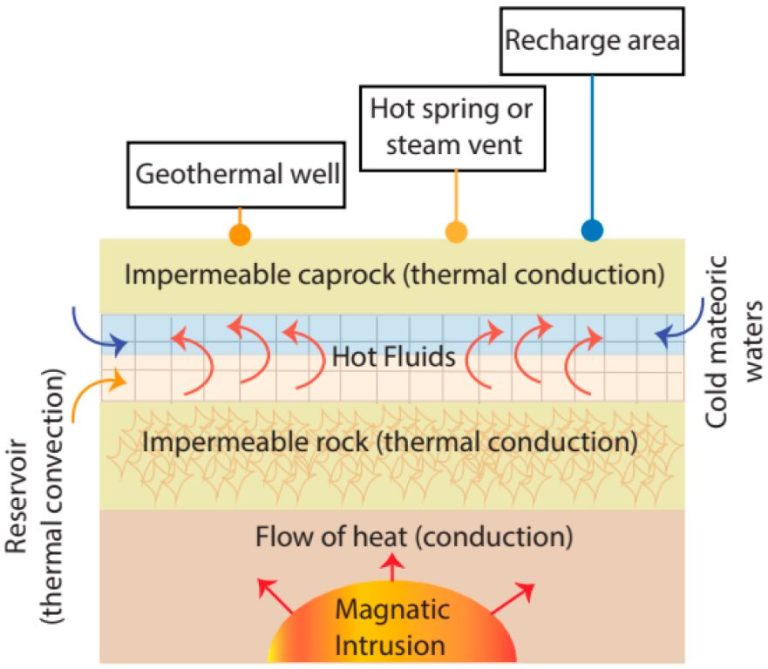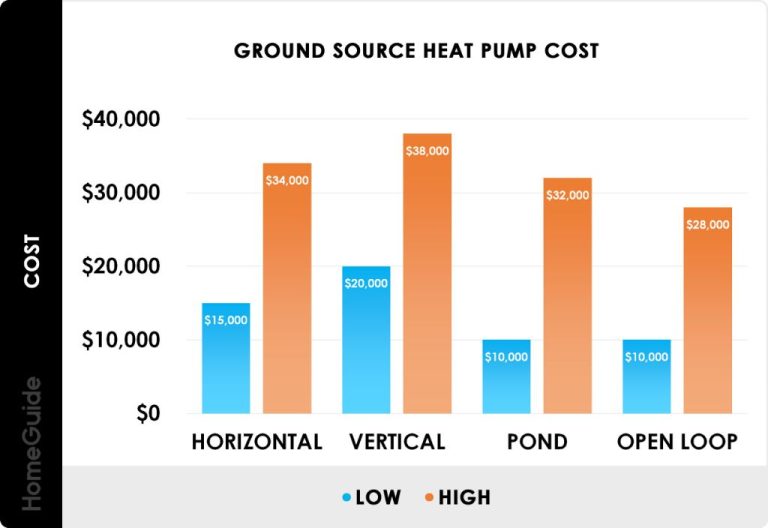What Is The World’S Largest Geothermal Project?
Geothermal energy is one of the fastest growing renewable energy sources in the world. It utilizes the natural heat from the earth’s interior to produce clean electricity, provide direct heating and cooling, or even drive industrial processes. The largest geothermal project currently in development is the Sarulla Geothermal Power Plant in Indonesia.
This massive project taps into the volcanic nature of Indonesia to access incredibly hot rock and high pressures deep below the earth’s surface. Once completed, the Sarulla Geothermal Power Plant will provide over 300 MW of renewable baseload power capacity to Indonesia and the region. This project dwarfs all other operational geothermal plants, showcasing the immense potential of geothermal energy when developed at scale.
In this article, we will explore the background, technology, development, and impact of the world’s largest geothermal energy project – the Sarulla Geothermal Power Plant in Indonesia.
What is Geothermal Energy?
Geothermal energy is heat energy generated and stored in the Earth (https://www.eia.gov/energyexplained/geothermal/). It is a renewable energy source because heat is continuously produced inside the Earth by the slow decay of radioactive particles, such as potassium-40 and thorium-232, in the Earth’s core (https://www.twi-global.com/technical-knowledge/faqs/geothermal-energy).
Geothermal energy is harnessed by drilling wells into reservoirs of hot water found in porous rock beneath the Earth’s surface. The hot water and steam can then drive turbines to generate electricity. It can also be used directly to heat buildings, grow crops in greenhouses, and for other applications (https://www.energy.gov/eere/geothermal/geothermal-basics).
Geothermal energy is considered a clean, renewable energy source because it does not generate greenhouse gas emissions. It provides constant baseload power that is not subject to fluctuations based on weather or time of day.
History of Geothermal Energy
The use of geothermal energy dates back thousands of years. Early civilizations used hot springs for bathing, cooking and heating. The oldest known spa is a geothermal spring in Bulgaria that has been used since the Paleolithic era.
The first industrial use of geothermal power dates back to 1818 in Larderello, Italy where natural steam escaping from the earth was used to extract boric acid from the hot waters. This site grew into the world’s first geothermal power plant in 1904.[1]
The first geothermal power plant in the United States came online in 1922 in Pleasant Valley, California. It was a small 250 kW plant that ran until 1950.[2]
In the 1960s, there was growing interest in geothermal energy, and the first successful geothermal plant was built in Beppu, Japan in 1966. The technology continued improving in the 1970s.
Today, geothermal energy is used in over 20 countries. The countries generating the most geothermal electricity are the United States, Philippines, Indonesia and Mexico.[3]
Largest Geothermal Project
The world’s largest geothermal project is the Geysers Geothermal Complex located in Northern California, USA. The Geysers complex spans over 45 square miles in Sonoma and Lake counties of California, over 75 miles north of San Francisco. The complex has a total nameplate capacity of around 920 megawatts (MW), making it the largest geothermal power station and complex in the world (Statista).
The Geysers Geothermal Complex began operating in 1960 and has expanded over the decades with additional units and improvements. The original units were built and operated by Magma Power Company and thermo electric generators were added in the 1980s. In the 1990s, Calpine Corporation took over operations and the complex was further expanded. It now consists of 22 power plants drawing steam from over 350 production wells spread across the complex. Over the years, the complex has produced over 150 billion kilowatt-hours of electricity (Power Technology).
Technology Used
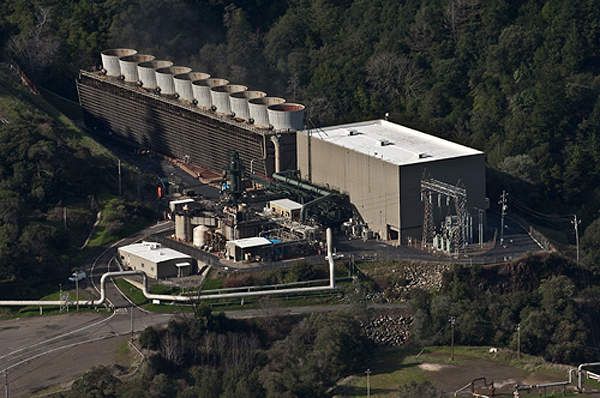
The Cape Station project in Utah will utilize enhanced geothermal systems (EGS) technology to extract heat from deep underground rock formations. EGS involves drilling injection wells to pump water into hot, dry rock at high pressures, creating fractures that allow water to circulate and capture heat. Production wells bring the heated water back to the surface where its energy can be converted into electricity.
According to Fervo Energy, the company behind the project, the technology involves a closed-loop system that does not require external water sources. The 400 MW project will consist of two power plants, each with 40-50 wells drilled to depths up to 10,000 feet. Advanced well drilling techniques allow directional drilling to maximize subsurface heat extraction.
Fervo states their EGS wells are designed for optimal fracturing control, using real-time downhole monitoring and zonal isolation best practices. This aims to create an engineered geothermal reservoir matched to the available thermal resource. The company claims their technology unlocks geothermal resources that were previously uneconomic to develop.
Cost and Funding
The average installed cost for geothermal energy worldwide has ranged between $2,700 and $5,600 per kilowatt between 2010 and 2022 according to Statista. In the United States, geothermal electricity costs between 7.8 and 22.5 cents per kWh as of 2016 according to the Center for Sustainable Systems. The high upfront costs associated with geothermal projects require substantial funding sources.
Funding for large geothermal projects often comes from a combination of government incentives, private investors, and utilities companies. The U.S. Department of Energy provides research funding to help lower costs and improve technology for geothermal energy. Tax incentives like the federal Production Tax Credit also help offset installation costs for geothermal plants. Public-private partnerships with utility companies can provide the capital needed to get large projects off the ground.
Environmental Impact
Geothermal energy is considered a clean and sustainable energy source with lower environmental impacts compared to fossil fuels. However, geothermal projects can still have some effects on the local environment that need to be managed.
On the positive side, geothermal plants emit little to no greenhouse gases or air pollutants. The Geysers in California, the largest geothermal complex in the world, produces clean energy equivalent to a large nuclear power plant without any of the associated carbon emissions (UCSUSA). Geothermal projects also require a small land footprint per kWh compared to other renewable sources.
However, geothermal plants can impact land stability and contribute to subsidence. The hot wastewater also needs to be injected back underground which can increase seismic activity if not managed properly. There are also concerns around the chemicals used in geothermal fracking techniques. Proper siting, monitoring, and mitigation strategies can help minimize many of these effects (EIA).
Overall, geothermal is considered one of the cleaner and more sustainable energy options available today. With careful planning and management, the environmental benefits appear to outweigh the potential drawbacks.
Challenges
While geothermal energy has many benefits, there are also significant challenges to developing large-scale geothermal projects. One major obstacle is the high upfront costs required for exploration, drilling and constructing a geothermal power plant (Hu, 2022). The drilling technology needed to reach depths of 1-2 miles underground can be prohibitively expensive, especially fordevelopers unsure of the size and quality of the geothermal resource below. According to RPS Group, drilling accounts for up to half of the total costs of a geothermal project.
Another difficulty is the uncertainty around discovering a viable geothermal resource. Despite improvements in exploration techniques, there is always a risk that exploratory drilling does not find a resource suitable for power generation after significant investment has already been made (Energy5, 2023). Additionally, a promising geothermal site can take 3-5 years to confirm and develop, which is a lengthy process for investors.
Environmental concerns, such as the disposal of geothermal brines, subsidence, induced seismicity and gaseous emissions, can also hinder geothermal development. Proper monitoring and mitigation is required to minimize these impacts (Hu, 2022). Lastly, the best geothermal resources are often located far from transmission infrastructure in remote areas, necessitating the building of costly new power lines.
Future Outlook
Geothermal energy has significant potential for future growth globally. According to research from MIT, the potential capacity for geothermal energy in the U.S. alone could be over 100 gigawatts by 2050, meeting around 10% of US electricity demand (MIT). Other forecasts suggest geothermal capacity globally could grow by 26-32 GW by 2026 (Yale). This growth is being driven by technological improvements, declining costs, and increased policy support.
There are plans underway for other massive geothermal projects around the world. Indonesia aims to develop over 7 GW of new geothermal capacity by 2025 as part of its national energy strategy (NREL). With abundant geothermal resources, countries like Iceland, New Zealand, the Philippines, and Kenya also have major expansion plans to harness more geothermal energy moving forward.
Conclusion
The Hellisheiði geothermal power project in Iceland stands out as the world’s largest geothermal energy project to date. With a production capacity of 303 MW, it generates enough clean, renewable energy to power Reykjavík, Iceland’s capital and largest city. The project’s scale demonstrates the vast potential of geothermal resources to provide environmentally sustainable electricity globally. Iceland has uniquely plentiful geothermal resources, but many other regions also hold promise to develop large-scale geothermal power.
As concerns about climate change grow, Hellisheiði serves as an inspiring model for clean energy. The project diverts substantial greenhouse gas emissions by offsetting fossil fuel usage. It also provides reliable baseload power without intermittency issues compared to sources like solar and wind. While geothermal energy has substantial upfront capital costs, the Hellisheiði project shows it can be cost competitive once operational. The success of Hellisheiði will pave the way for larger geothermal plants worldwide as the industry matures. With further innovation and investment, geothermal can play a major role in a low-carbon future.

